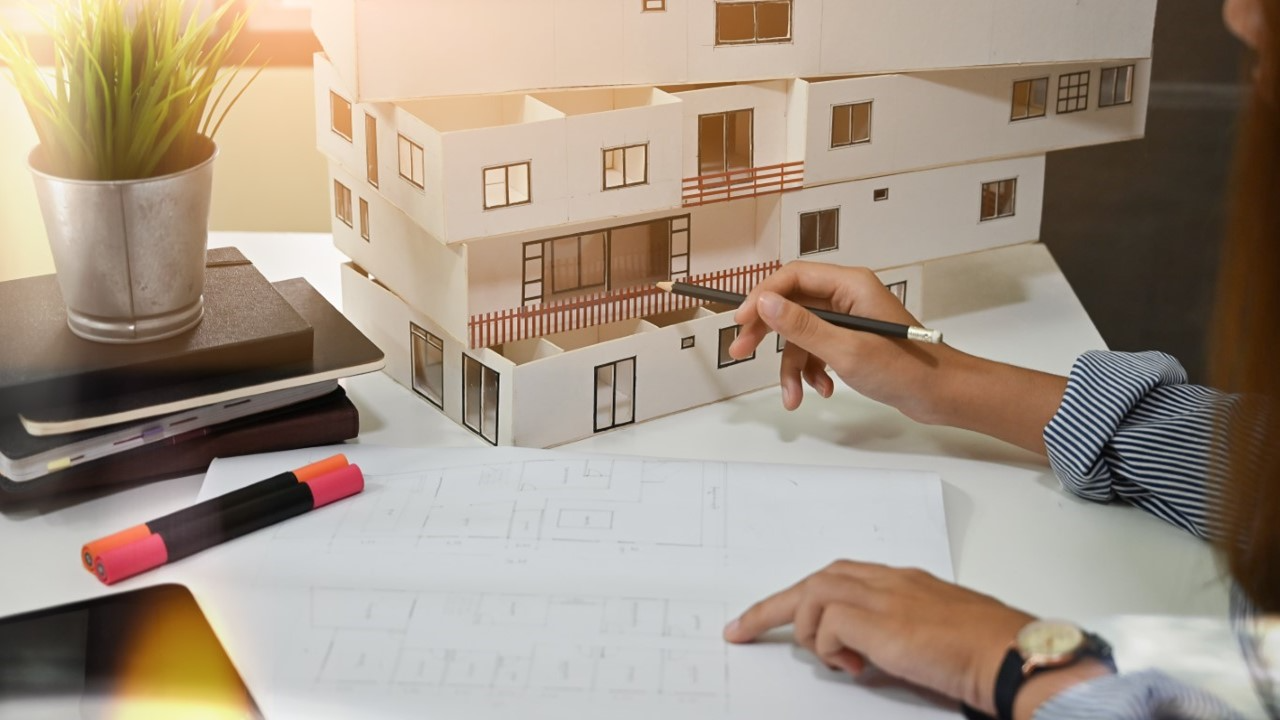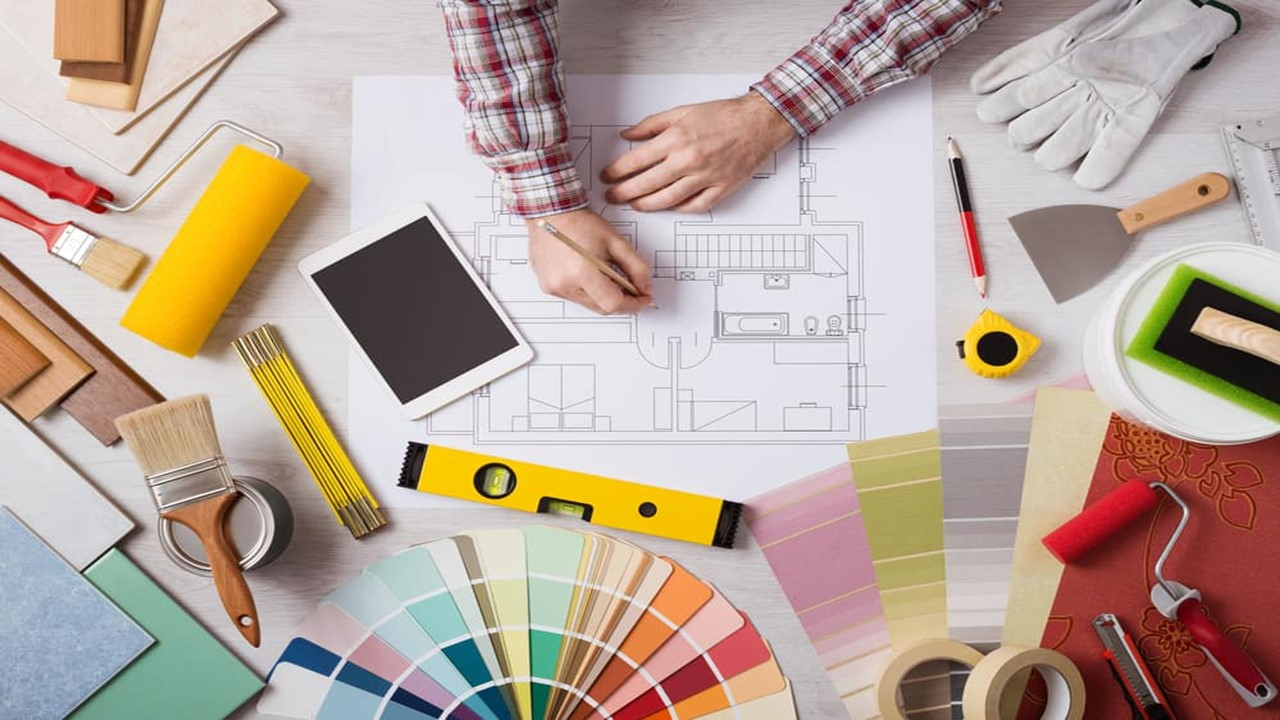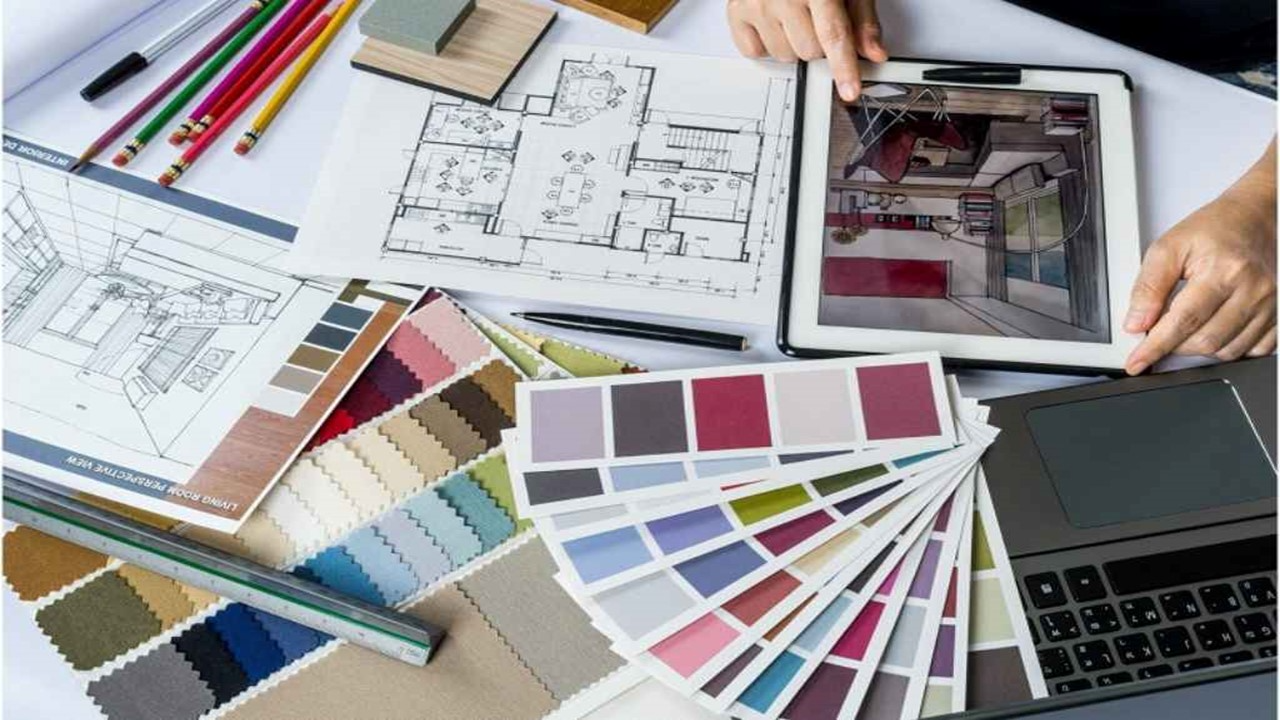Best College For Diploma in Interior Design of Bangalore




Semester I
View DetailsSemester II
View DetailsSemester III
View DetailsSemester IV
View DetailsAn interior design course offers a comprehensive exploration of the principles, techniques, and practices involved in creating functional and aesthetically pleasing interior spaces. Students delve into design fundamentals such as balance, proportion, and rhythm, while also studying color theory, spatial relationships, and lighting design.
They learn how to analyze spatial requirements and traffic flow to optimize space planning, as well as how to select appropriate furnishings, fixtures, and materials to enhance the functionality and aesthetics of a space. The curriculum also covers topics such as rendering and visualization techniques, building codes and regulations, sustainable design practices, and professional practice. Throughout the course, students engage in hands-on projects and assignments to develop their design skills and build a portfolio showcasing their work.
Overall, an interior design course equips students with the knowledge, skills, and practical experience needed to pursue a successful career in the field of interior design.
An interior design course provides students with a comprehensive understanding of the principles, techniques, and processes involved in creating well-designed interior spaces. Through a blend of theoretical learning and practical application, students explore various aspects of interior design, including spatial planning, furniture arrangement, color theory, lighting design, and material selection.
Students begin by studying the foundational principles of design, such as balance, proportion, scale, and rhythm, which form the basis of effective interior design. They learn how to apply these principles to create harmonious and visually appealing spaces that meet the needs and preferences of clients.

































A Diploma in Interior Design provides individuals with specialized training in the principles and practices of creating aesthetically pleasing and functional interior spaces. This comprehensive program covers various aspects of interior design, including space planning, color theory, furniture selection, lighting design, and material specification. Students learn to analyze client needs, conceptualize design solutions, and communicate their ideas effectively through drawings and presentations. By opting for a Diploma in Interior Design, individuals gain practical skills, industry knowledge, and a portfolio of work that prepares them for entry-level positions in the design industry or further education in the field.
The scope of interior design is broad, encompassing diverse application areas in both residential and commercial sectors. Interior designers are involved in creating functional, aesthetically pleasing spaces that meet the needs and preferences of clients. They work on a wide range of projects, including residential homes, offices, retail stores, restaurants, hotels, healthcare facilities, and educational institutions. Interior designers collaborate with architects, contractors, and clients to optimize space utilization, select appropriate furnishings and finishes, and create environments that enhance the quality of life for occupants. With a focus on creativity, innovation, and user-centric design, interior design offers numerous career opportunities and the potential to make a meaningful impact on the built environment.
An Interior Design as a fresher in the field of interior design, salary packages can vary depending on factors such as location, level of education, skills, and experience. Generally, entry-level interior designers can expect to earn a modest salary compared to more experienced professionals. In some regions, the starting salary for interior design graduates may range from $30,000 to $50,000 per year..
Residential Interior Design, Commercial Interior Design, Hospitality Design, Healthcare Design, Educational Facility Design, Workplace Design, Exhibition and Event Design, Retail Design. Placement opportunities exist in architectural firms, interior design studios, real estate development companies, construction firms, and furniture manufacturers. Interior designers may also work as freelance consultants or start their own design firms. Internships and networking events provide valuable opportunities for students and recent graduates to gain experience and build connections in the field.
After completing an undergraduate degree in interior design courses, candidates are entitled to enrol in interior design postgraduate programmes like MDes Interior Design, MA/MSc Interior Design, or Postgraduate Certificate in Interior Designing
 Fill in your details along with the course you like to join, An Executive From K. S. Group Of Institutions will contact you at the earliest and guide you further.
Fill in your details along with the course you like to join, An Executive From K. S. Group Of Institutions will contact you at the earliest and guide you further.